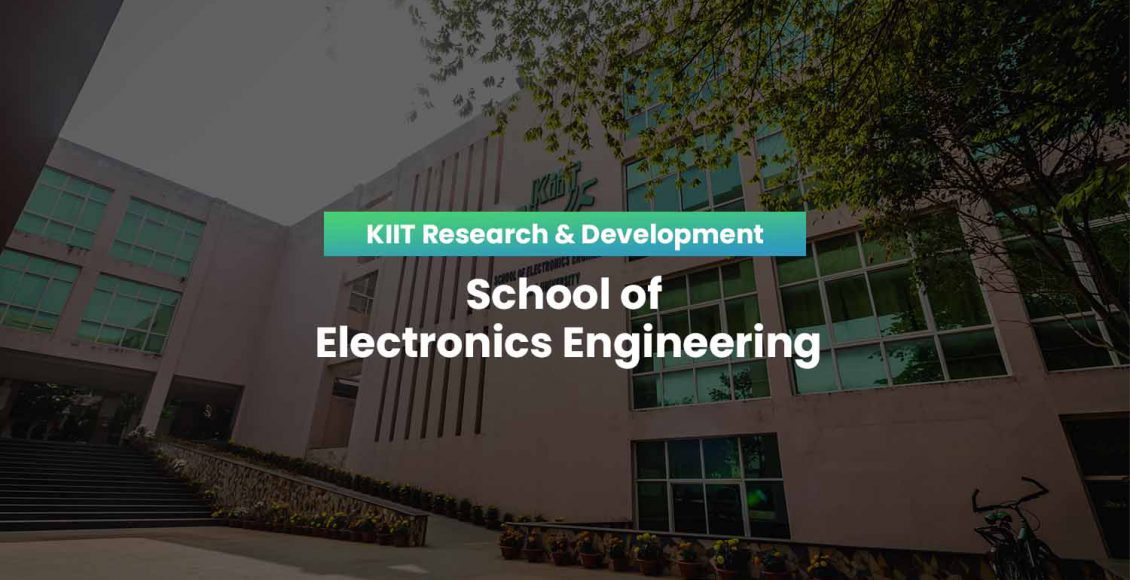School of Electronics Engineering (August 2021)
Journal Papers
1. Mohanty S., Rashid M. H. A., Mohanty C., Swayamsiddha S. (2021), Modern computational intelligence based drug repurposing for diabetes epidemic, Diabetes & Metabolic Syndrome: Clinical Research & Reviews, Elsevier, Vol. 15, No. 4, pp.102180, DOI: https://doi.org/10.1016/j.dsx.2021.06.017
Abstract: Objectives are to explore recent advances in discovery of new anti-diabetic agents using repurposing strategies and to discuss modern technologies used for drug repurposing highlighting diabetic specific web portal. Drugs like Niclosamideethanolamine, Methazolamide, Diacerein, Berberine, Clobetasol, etc. with possibility of repurposing to curb diabetes can be potential late-stage clinical candidates, providing access to information on pharmacology, formulation, and probable toxicity if any. With collaboration of artificial intelligence (AI) with pharmacology, the efficiency of drug repurposing can improve significantly.
2. Chakraborty A., Shah S. C., Kumar Y. S., Samant T., Swayamsiddha S.(2021), Smart Parking System based on the IR sensor and Node MCU with the Blynk application, International Journal of Sensors, Wireless Communications and Control, Vol. 11, No. 4 , pp. DOI: 10.2174/2210327910999200611153351
Abstract: This paper presents the prototype of a Smart Parking System based on the IR sensor and Node MCU which is connected to the Blynk app that monitors the whole parking lot. It provides an optimized parking solution for various places available with parking facilities throughout the city. The proposed Smart parking system enables the guard in-charge to obtain necessary information on the availability of parking space and keep a track of the effective number of vehicles that have entered the arena via a suitable app. The proposed technique performs better compared to existing state-of-art methodologies as it is cost-effective and easy to implement.
3. Oliver F., Joel E. W. K., Jahmunah, V., Sabut, S., Ciaccio, E. J., Majid, A., A. Ali, Gregory Y. H., Lip, Acharya, U R. (2021), Fusion of higher order spectra and texture extraction methods for automated stroke severity classification with MRI images. : International Journal of Environmental Research and Public Health, Vol. 18, No. 15, 8059, https://doi.org/10.3390/ijerph18158059
Abstract: This paper presents a scientific foundation for automated stroke severity classification. We have constructed and assessed a system which extracts diagnostically relevant information from Magnetic Resonance Imaging (MRI) images. The design was based on 267 images that show the brain from individual subjects after stroke. They were labeled as either Lacunar Syndrome (LACS), Partial Anterior Circulation Syndrome (PACS), or Total Anterior Circulation Stroke (TACS). The processing system was tasked with extracting texture information that could be used to classify a brain MRI image.. The resulting features were ranked based on the p-value extracted with the Analysis Of Variance (ANOVA) algorithm. The ranked features were used to train and test four types of Support Vector Machine (SVM) classification algorithms according to the rules of 10-fold cross-validation The results indicate that computer aided stroke severity diagnosis support is possible.
Book Chapters
Swayamsiddha S., Mukherjee D., Ramavath S. (2021) Home Automation Using ESP8266 of IOT Module inAdvances in Intelligent Systems and Computing,Hassanien A.E., Bhattacharyya S., Chakrabati S., Bhattacharya A., Dutta S. (eds) Emerging Technologies in Data Mining and Information Security, vol 1286. Springer, Singapore. pp. 409-417 https://doi.org/10.1007/978-981-15-9927-9_40.
Abstract: In this paper, automating the household electronics through an IoT module, ESP 8266, is proposed. The technology stack is based on the principle of IoT. IoT is something which deals with some millions of smart and intelligent objects which are connected to communicate and respond with human commands using mobile, wireless, and sensor technologies. In this work, the electronic appliances are connected with the Google Assistant. Thus, Google Assistant can be asked to turn off the fan or light or any other appliance at home or at workplace.


